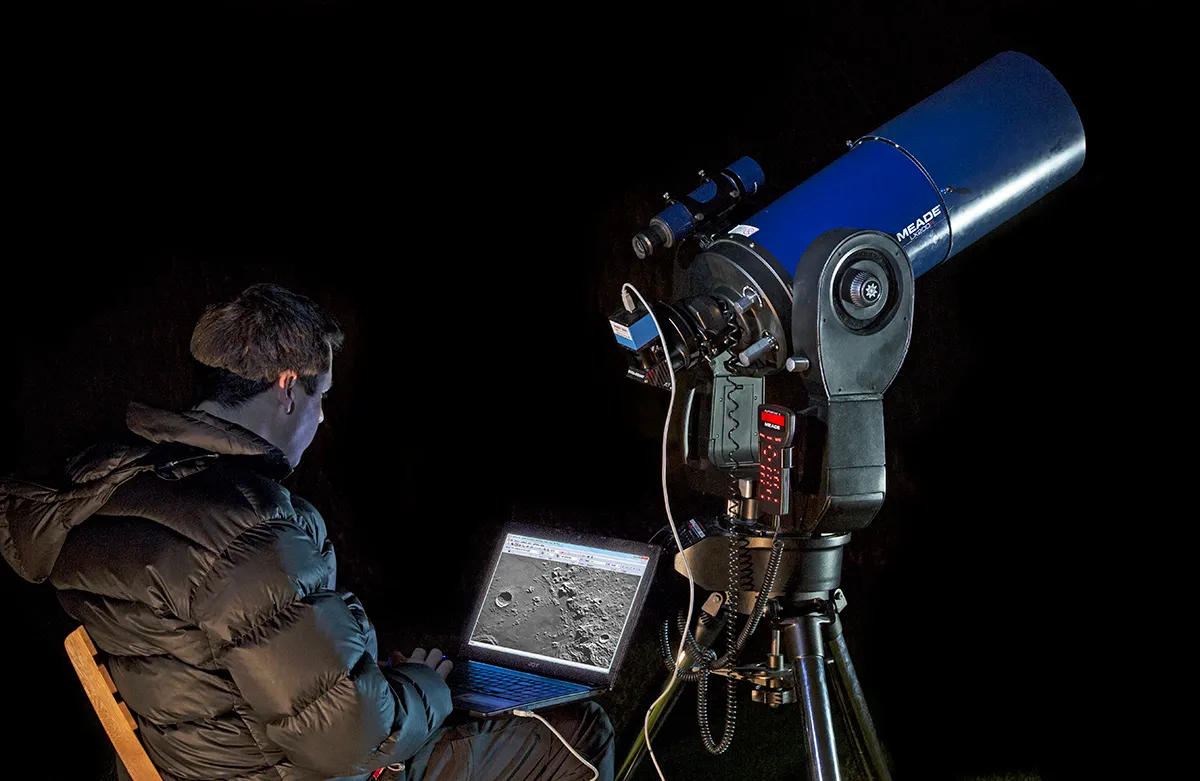People with mobility problems or some visual impairment may physically struggle to look through a telescope eyepiece.
A solution is to use a T-ring to attach a camera to your telescope and display the view on a laptop.
If using a smartphone camera, try apps such as DroidCam (Android and iOS) or EpocCam (iOS).
DSLR users can use Backyard EOS, Backyard Nikon or DeepSkyStacker Live, while CCD or CMOS users can use SharpCap or FireCapture.
Now everybody can share the view at the same time.
Some software even offers a live stacking option that will slowly build up a more detailed view of the object, live on screen.
Hi-end telescopes like the Stellina Observation Station and the Unistellar eVscope might be an option, too.
Remote access astronomy

Family members who are housebound may feel they miss out on visual astronomy, but remote access technology can bring a telescope view inside.
Connect your camera and telescope as described above and, as long as the laptop displaying the telescope view is connected to your home network, you can use RealVNC (downloads available for PC or Mac) or Microsoft Remote Desktop software to connect an indoor computer to the screen outside.
This means those inside can still enjoy visual astronomy with the rest of the family.
If the telescope is controlled by planetarium software like Stellarium, the person indoors can have complete control from inside the house.
For more advice, read our guide to the best free astronomy software.
This guide originally appeared in the January 2023 issue of BBC Sky at Night Magazine.
